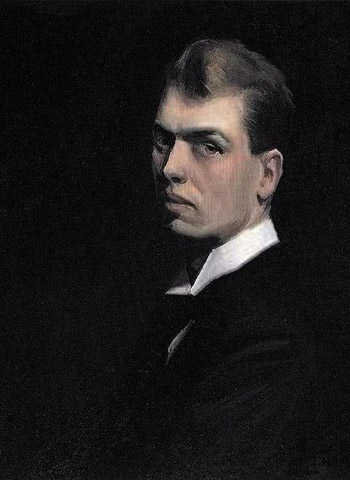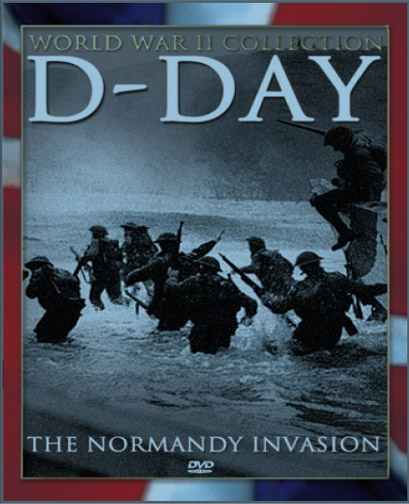Tube paints provide the freedom to paint out-of-doors, formerly, painters mixed pigment in their studios. This no fuss no muss ability is revolutionary to the world of painting; it is the catalyst announcing Modern Art, and the passing of the Renaissance era. A distinctive style and a new technique of painting is born. Beginning with Monet, successive paintings, in this collection, illustrate change and the differences between Modern and Renaissance painters. The London based, Winsor-Newton Company invented and manufacture tube paints. This image is of their first tube paints, 1840 - 1911.
Edward Hopper (1882 - 1967) Edward Hopper commutes seven years from his home in the picturesque Hudson river town of Nyack, New York to Manhattan for art classes. He studies under Robert Henri, one of the fathers of American Realism – a man whom he later describes as his most influential teacher.
With his parents’ financial help, Hopper spends time in Paris. He goes home in 1906 and 1909, and returns to continue painting in the French style. From time to time, he travels to familiarize himself with the work of other serious artists.
Hopper’s work does not sell in the United States until he returns to American subjects’ years later. At thirty-seven, Hopper is still supporting himself as a commercial illustrator, and selling his watercolors.
Life shifts when he marries an old school chum the artist/ actress, Josephine Nivison. She is Hopper’s only model for the women he paints.
Despite Edward Hopper’s cruel disparagement of her art and his mental and physical abuse, Jo fights back and sticks with him for 43 years, until they pass away one year apart.

American, New-Realist movement (1925-45) On December 7, 1941, the Imperial Japanese Navy launches a surprise attack on the American Naval Base at Pearl Harbor, on the island of Oahu, Hawaii. Hopper’s painting is about the American scene and people coping with the trauma of war as their lives turn upside down.
Young men enter World War II. Soon, women at home take the place of men in the workplace.
Millions of viewers have watched the Rosie the Riveter: Real Women Workers in World War II the day designated by the U.S. military when the geographical region known as the battle of Normandy started in France.
Hopper withstands the criticism when his paintings are ridiculed by an important critic. Clement Greenberg describes Hopper’s work as second-hand, shabby and impersonal, comparing Hopper to Picasso in the early days of the 20th century; but, he endures, owing to the fact that viewers have the final say.
Edward and Josephine Hopper bequeath their collection, of more than three thousand works to the Whitney Museum of American Art, in New York City.

Go on to Describe, Analyze, Interpret & Conclude. Contact me for help.
Nighthawks 1942. Oil on canvas. 33 x 60 in. (84 x 152 cm.) is Hopper’s most famous and recognizable American painting.
He peels back the nonessentials of peoples’ lives when they are not aware, of being studied, like the “night hawks” in this neighborhood diner.
In a letter to Marion, Edward’s sister, (Jo) writes, “E posed for the two men in a mirror and I for the girl.” What follows is an “excerpt from one of Josephine Hopper’s diaries which chronicles Edward’s notes for Nighthawks.”
“Night + brilliant interior of cheap restaurant. Bright items: cherry wood counter + tops of surrounding stools; light on metal tanks at rear right. Brilliant streak of jade green tiles-3/4 across canvas. A very good-looking blond boy in white (coat, cap) inside counter.”
“Girl in red blouse, brown hair eating sandwich. Man, night hawk (beak) in dark suit, steel grey hat, black band, blue shirt (clean) holding cigarette. Other figure, dark sinister back - at left.”